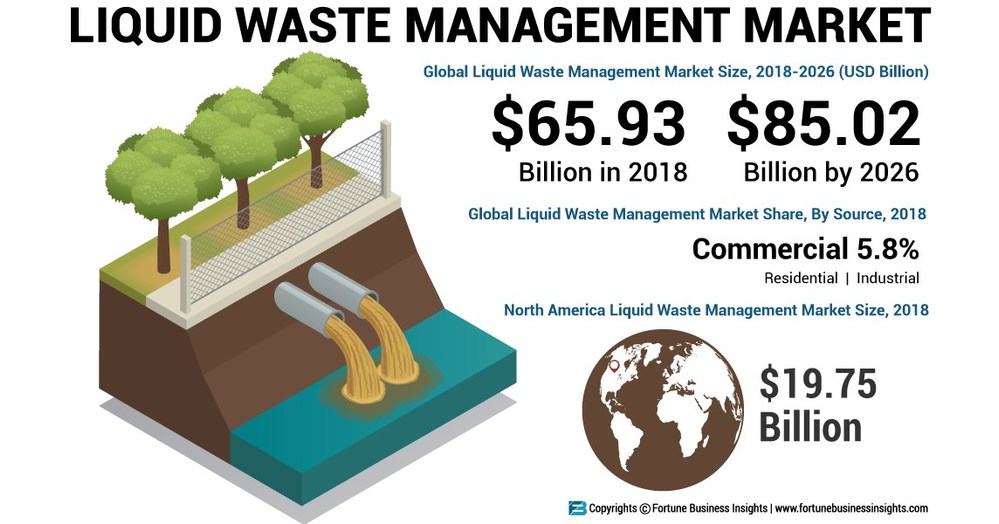Not known Factual Statements About Reclaim Waste
Not known Factual Statements About Reclaim Waste
Blog Article
5 Easy Facts About Reclaim Waste Described
Table of ContentsThe Best Strategy To Use For Reclaim WasteReclaim Waste Can Be Fun For AnyoneThe Buzz on Reclaim WasteIndicators on Reclaim Waste You Should KnowSome Known Factual Statements About Reclaim Waste
Domestic sewage waste refers to the waste and items from a property septic storage tank. The proper administration and disposal of residential sewage waste need fluid waste to be transferred to a sewage therapy plant where the correct methods and devices are used to purify and dispose of waste.
Commercial waste usually includes potential dangers, such as combustible materials or a blend of fluid and strong waste products, and requires an advanced and comprehensive disposal procedure. The disposal of business waste typically involves the filtering of waste prior to transport to make certain safe and proper disposal. Industrial waste is produced from by-products and drainage of commercial procedures and manufacturing.
This sort of waste can not make use of the same sewage management transportation or processes as septic or commercial liquids. The industrial waste management process requires the assessment and screening of fluid waste prior to it goes through the disposal procedure (liquid waste removal). Overflow waste is the liquid waste that comes from runoff and excess stormwater in highly populated locations or cities
Drainage waste can create contamination and flooding otherwise taken care of effectively. Find out a lot more regarding drain cleaning and waste management. Ensuring proper waste management can prevent disasters and decrease environmental injury. Both people in property settings and professionals in commercial or manufacturing sectors can take advantage of understanding the procedures and laws of fluid waste management.
Everything about Reclaim Waste
Call PROS Services today to find out about our waste management and disposal solutions and the appropriate ways to look after the liquid waste you create.
(https://leonaube33101.wixsite.com/reclaim-waste/post/effective-liquid-waste-removal-and-disposal-everything-you-need-to-know)This supposed 'wastewater' is not only an essential source but, after therapy, will be launched to our land, waterways or the ocean. Used water from commodes, showers, bathrooms, cooking area sinks, laundries and commercial procedures is understood as wastewater.

water utilized to address cool down machinery or clean plant and tools). Stormwater, a form of wastewater, is drainage that flows from agricultural and city areas such as roofings, parks, gardens, roads, paths and seamless gutters into stormwater drains, after rainfall. Stormwater moves neglected straight to local creeks or rivers, at some point reaching the sea.
The Best Strategy To Use For Reclaim Waste
In Queensland, most wastewater is dealt with at sewer treatment plants. Wastewater is delivered from residential or industrial sites through a system of sewage systems and pump terminals, understood as sewerage reticulation, to a sewage therapy plant.
The Division of Natural Resources encourages regional governments about handling, operating and preserving sewerage systems and therapy plants. In unsewered locations, city governments may require owners to mount private or home sewer therapy systems to treat residential wastewater from bathrooms, kitchens, bathrooms and laundries. The Department of Natural Resources authorises the usage of home systems when they are shown to be effective.
In some new communities, treatment of some stormwater to get rid of trash, sand and crushed rock has started using gross contaminant traps. Wastewater treatment happens in four stages: Gets rid of solid issue.
Utilizes tiny living microorganisms recognizes as micro-organisms to break down and eliminate continuing to be liquified wastes and great particles. Micro-organisms and wastes are integrated in the sludge.
The Definitive Guide to Reclaim Waste
Nutrient elimination is not readily available at all sewage therapy plants due to the fact that it needs expensive specialised equipment. It is ending up being much more common in Queensland. Clear liquid effluent produced after therapy may still have disease-causing micro-organisms. If this effluent is released into waterways such as rivers or the sea, the micro-organisms will eventually pass away out.

The majority of wastewater streams right into the sewerage system. Under the Act, neighborhood federal governments administer authorizations and licences for ecologically relevant activities (Periods) including wastewater launches that might have a neighborhood impact.
The Ultimate Guide To Reclaim Waste
Surveillance supplies valid details regarding water top quality and can validate that permit problems are being met. The details acquired with surveillance provides the basis for making water quality decisions.
Report this page